FORTE CULTURA Station: Torgau Fortress System (DE)
Torgau and Hartenfels Castle
Experience living history in the Saxon Elbe and state fortress!
The Renaissance town of Torgau with Hartenfels Castle was the political centre of the Reformation in Germany in the 16th century. Already heavily fortified in the 17th century as a Saxon Elbe and state fortress, Torgau was expanded into a major fortress system from 1810 as a member of the Confederation of the Rhine on Napoleon's orders. From 1813, the Prussians finally developed Torgau into a Prussian river and border fortress in the Prussian style against Saxony.
Already heavily fortified in the 17th century as a Saxon Elbe and state fortress, Torgau was expanded into a major fortress system from 1810 as a member of the Confederation of the Rhine on Napoleon's orders. After Napoleon's disastrous Russian campaign in 1812 and his defeat in the Battle of Leipzig in 1813, Torgau was besieged and finally taken by the Prussians. They turned it into a Prussian river and border fortress in the Prussian style against Saxony. However, with the development of explosive grenades at the end of the 19th century, the fortifications became ineffective and the fortress status was abandoned in 1889.
Subsequently, parts of Torgau's fortifications such as Fort Zinna and the bridgehead barracks became notorious prison sites during the Nazi era and in the post-war period until 1950. Exhibitions and memorials at various locations provide information about this dark chapter in the town's history. Fort Zinna is still a prison site today.
Discover the historic old town of Torgau with FORTE CULTURA, with over 500 monuments from the late Gothic, Renaissance and Baroque periods. Together with the preserved fortifications and the fortified Hartenfels Castle, they form an urban ensemble that is unique in Europe. The town of Torgau is also a stop on the international Elbe cycle path, on Luther Trail in Saxony and at the The Wettin princely road.

Learn the Torgau fortress system on the Elbe know:
Events at Torgau Fortress
Contact us
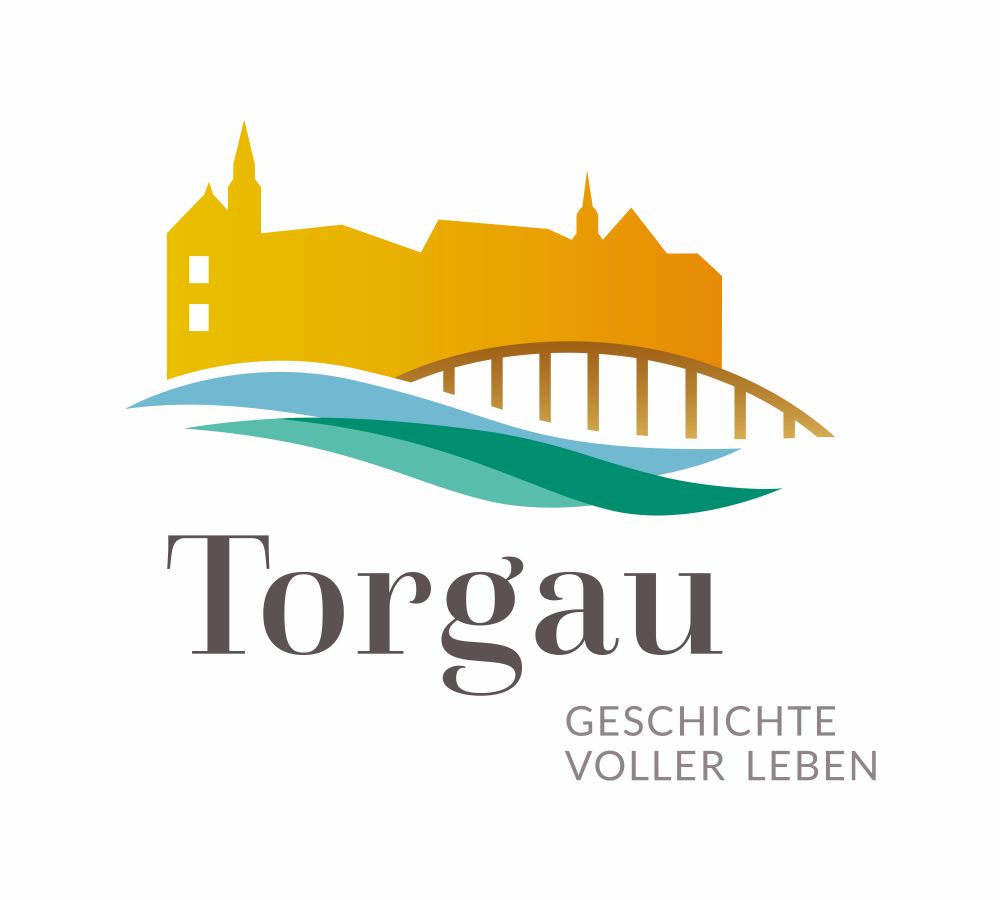
Torgau Information Centre
Market 1, 04860 Torgau
Phone: +49 (0)3421 70140
Web: www.torgau-tourismus.de
Wenn du dies siehst, nachdem deine Seite vollständig geladen wurde, fehlen leafletJS-Dateien.
Cultural ribbon
fortified monuments
on the Elbe river
From its source in the Czech Giant Mountains to its mouth in the North Sea near Cuxhaven, the Elbe river connects 1091 kilometres of magnificent cultural landscapes.
Conquer the FORTE CULTURA Elbe fortresses and discover the region from a new perspective.
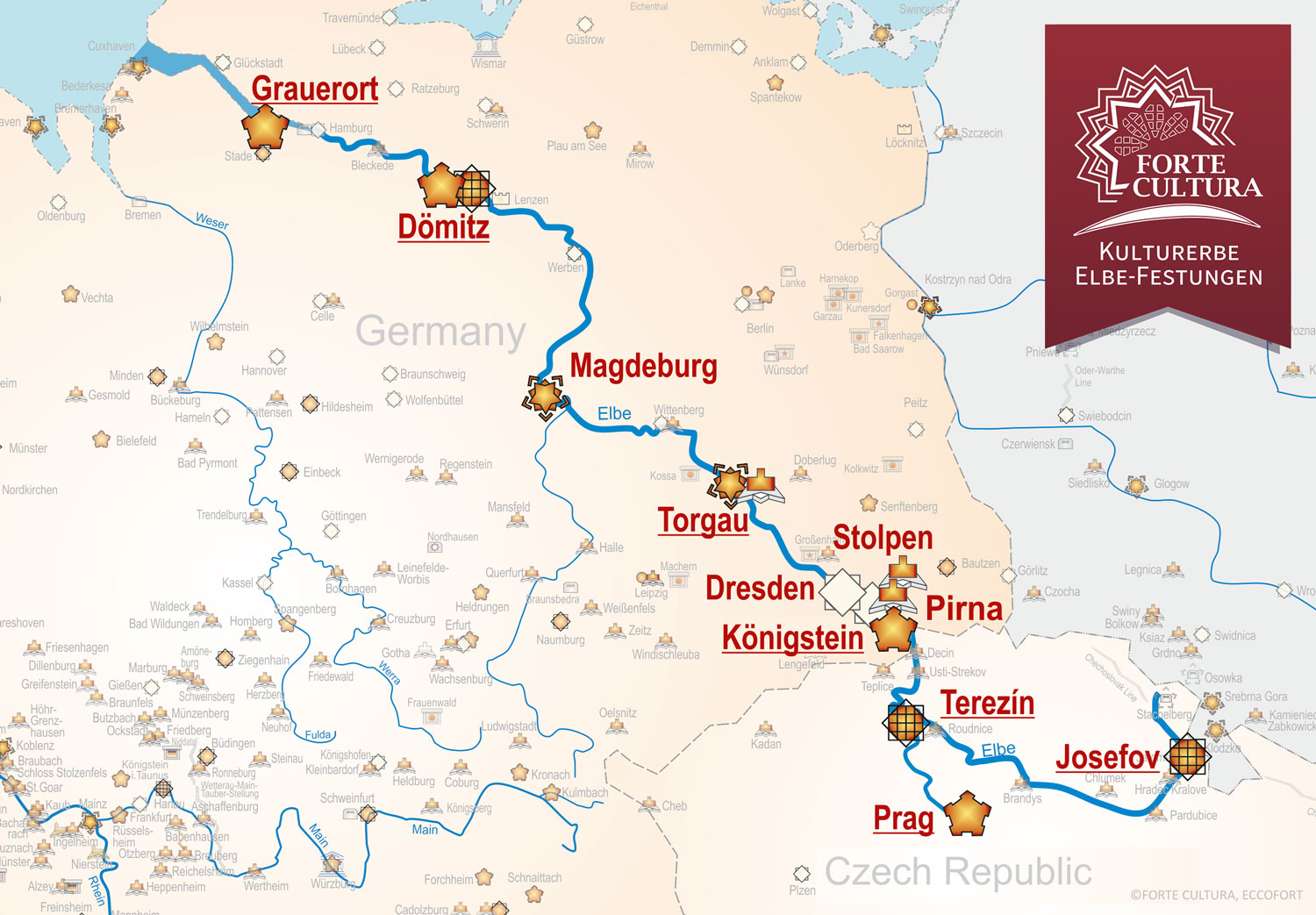
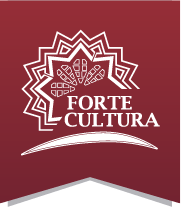
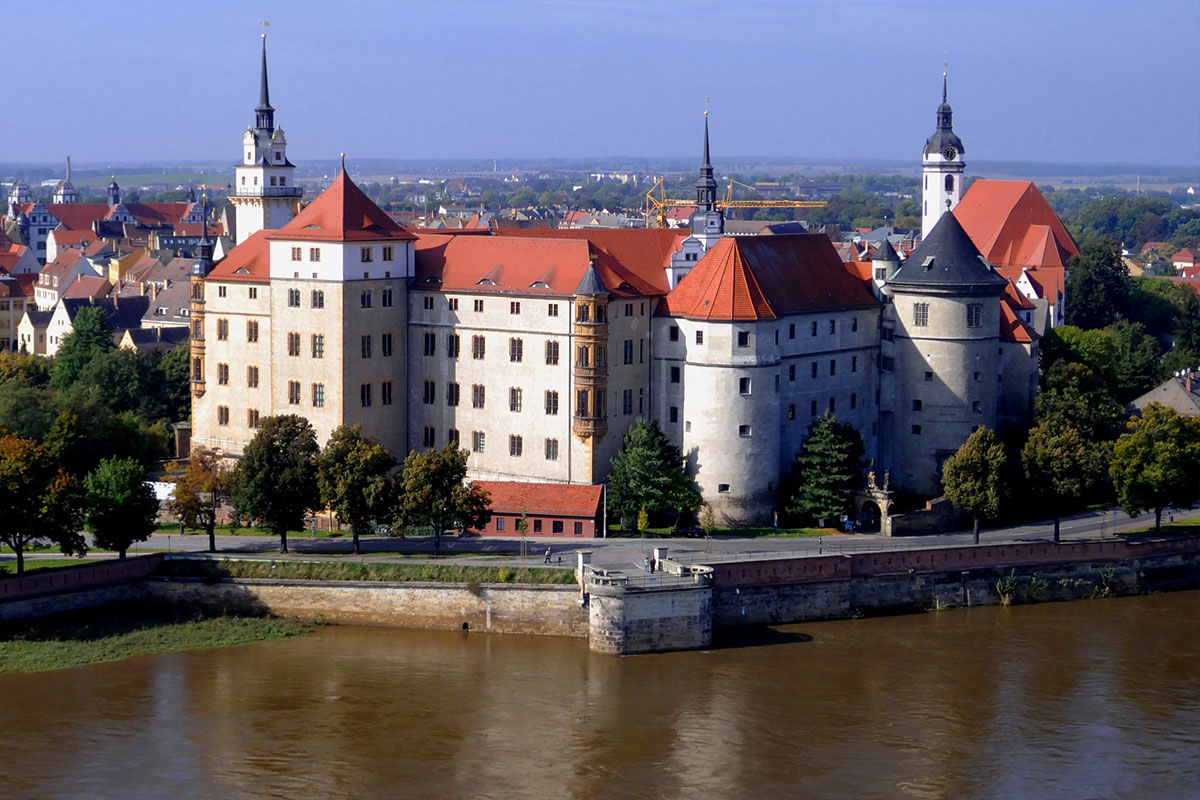

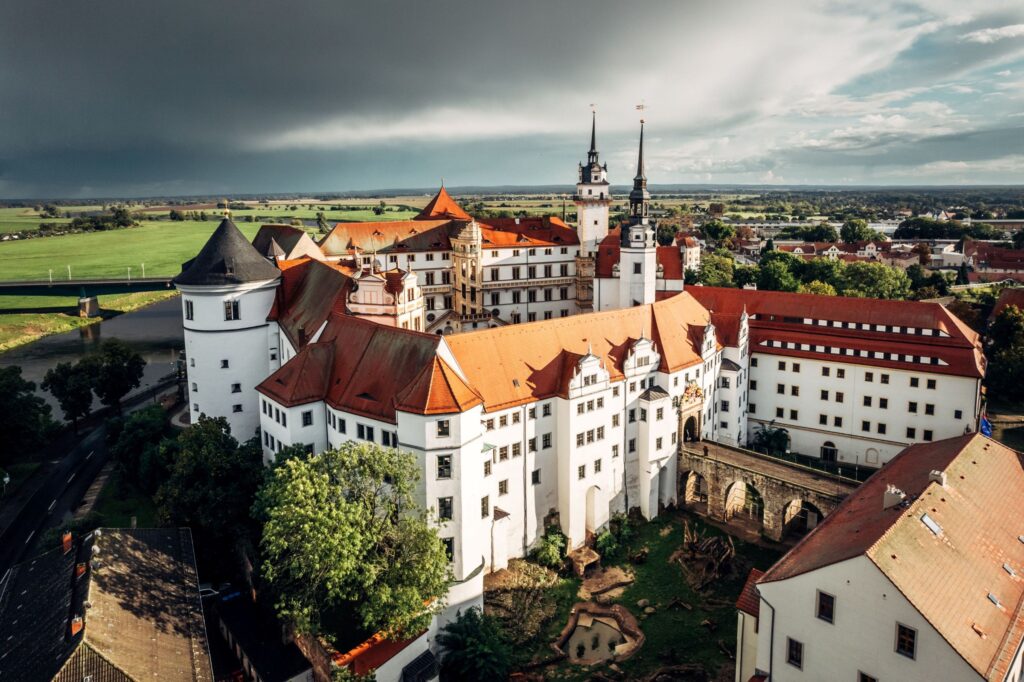
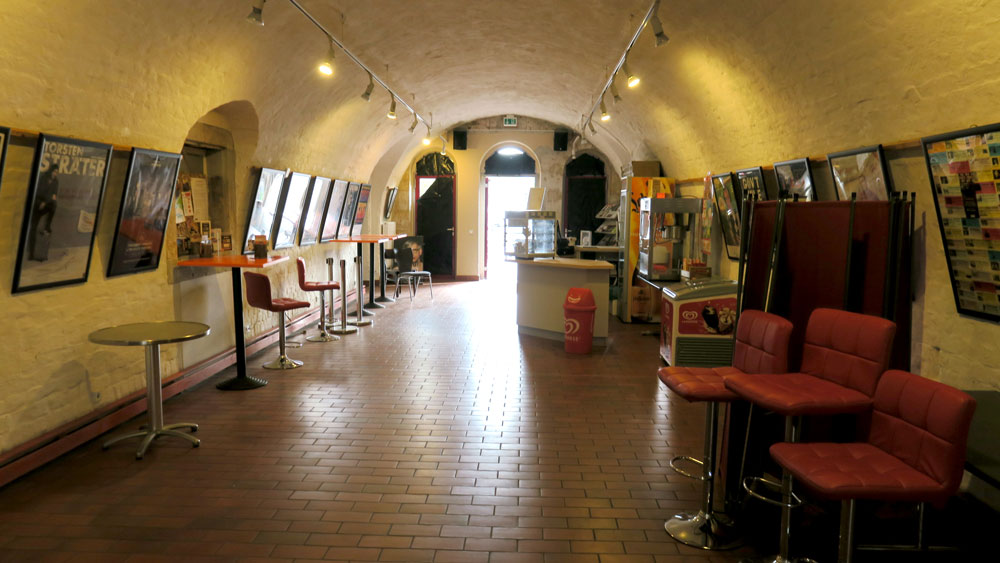
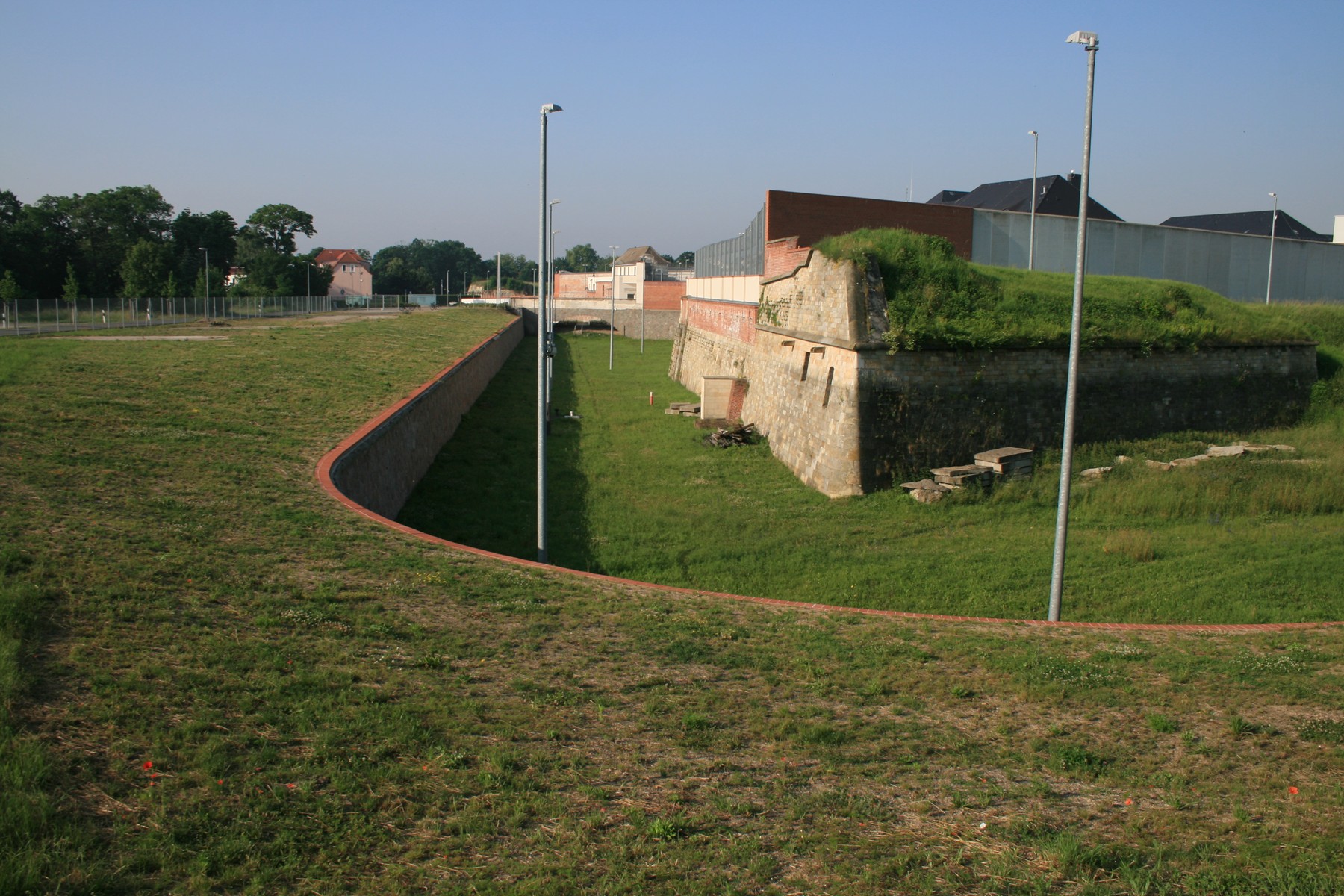
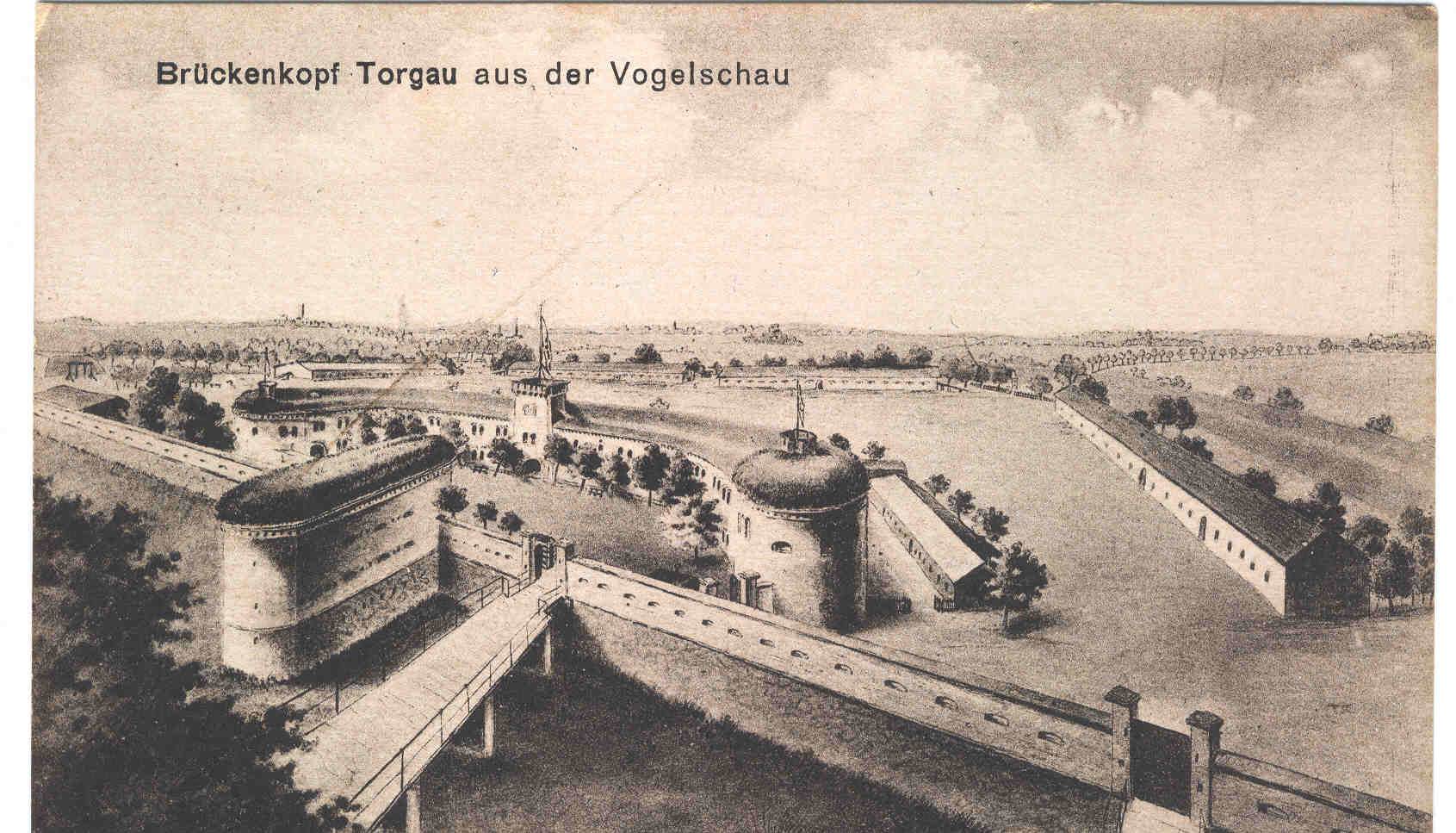
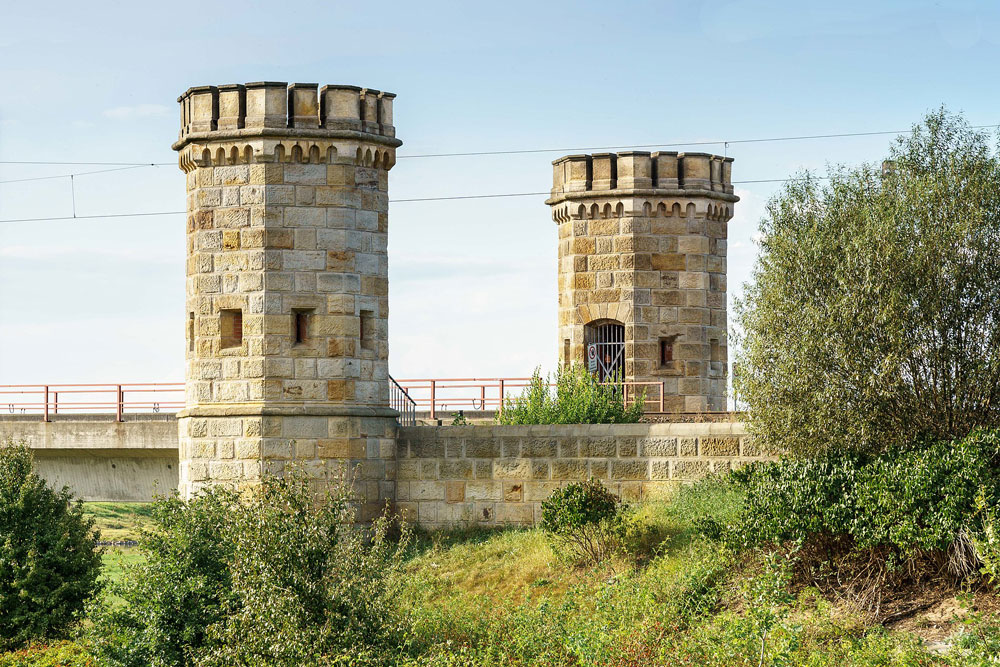
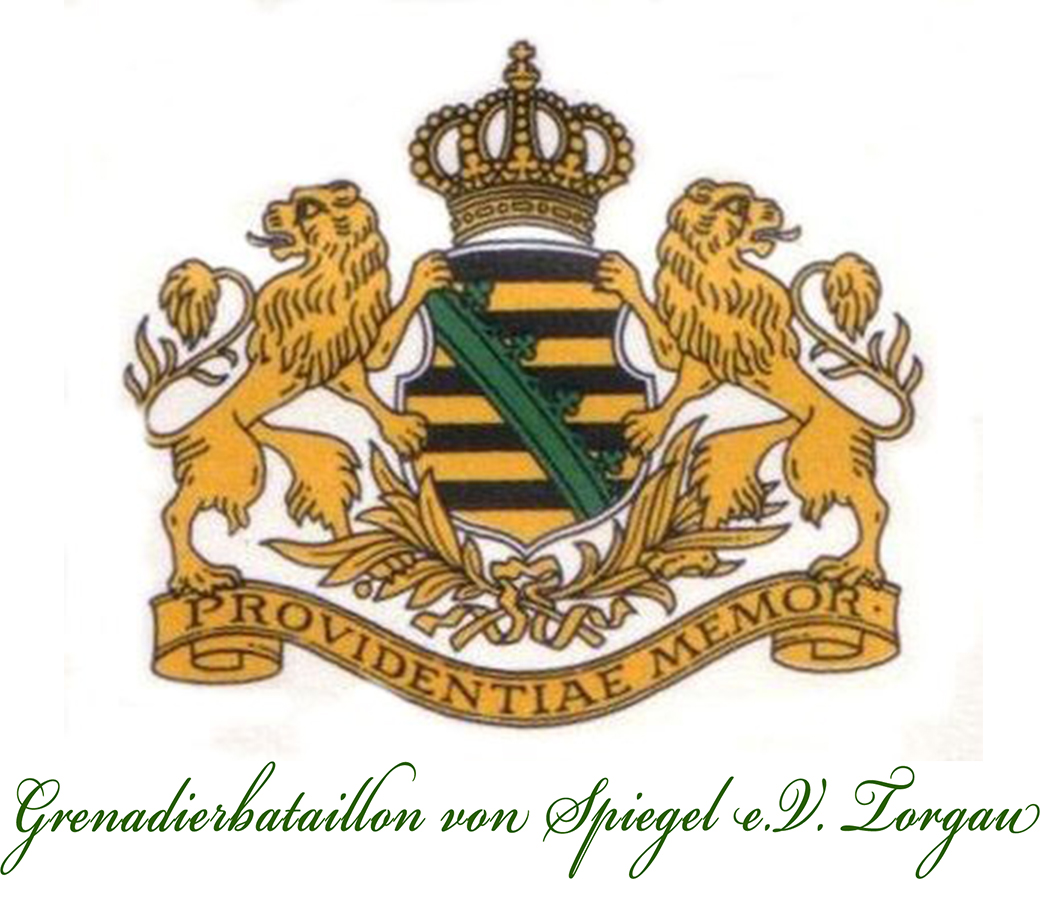


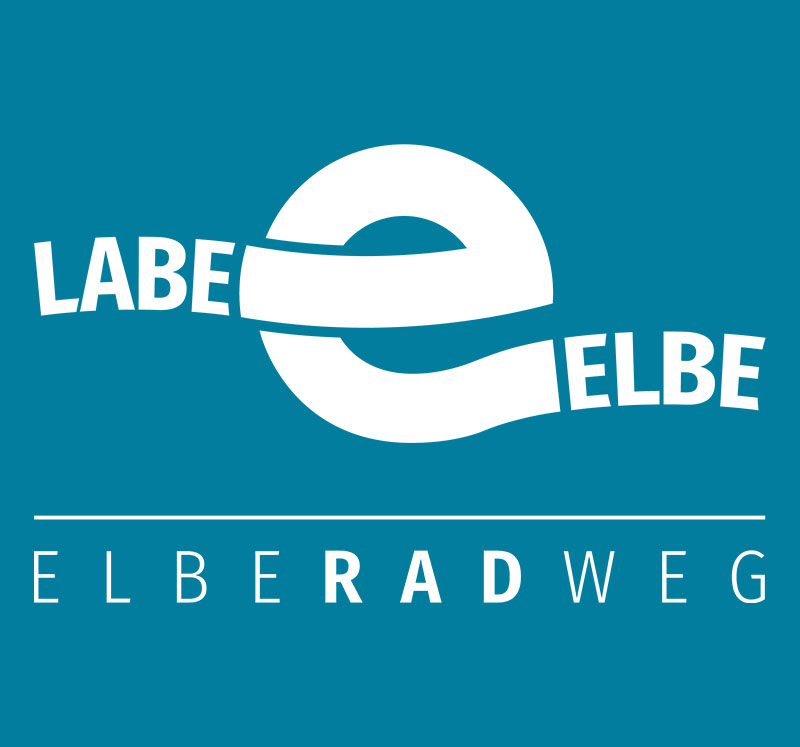
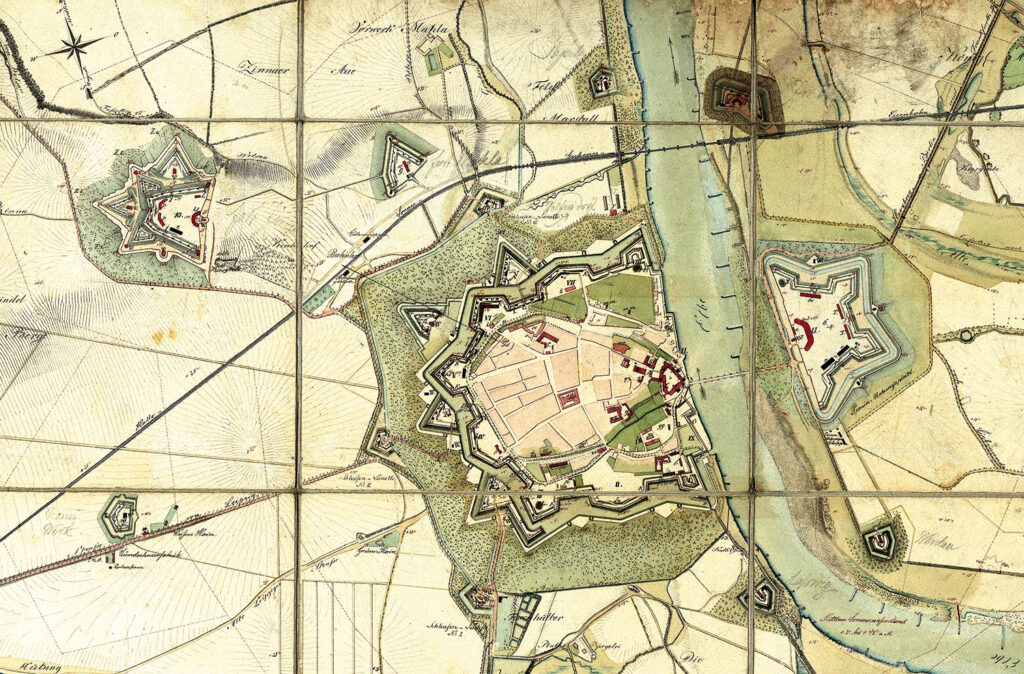
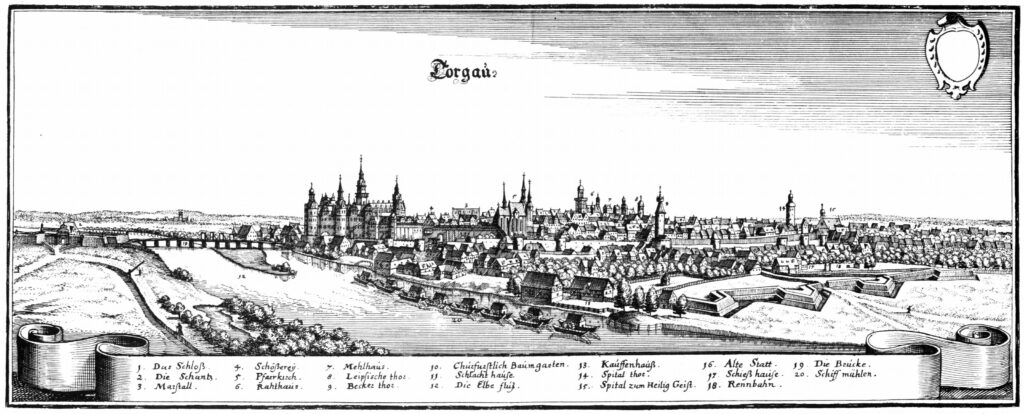
Schreibe einen Kommentar